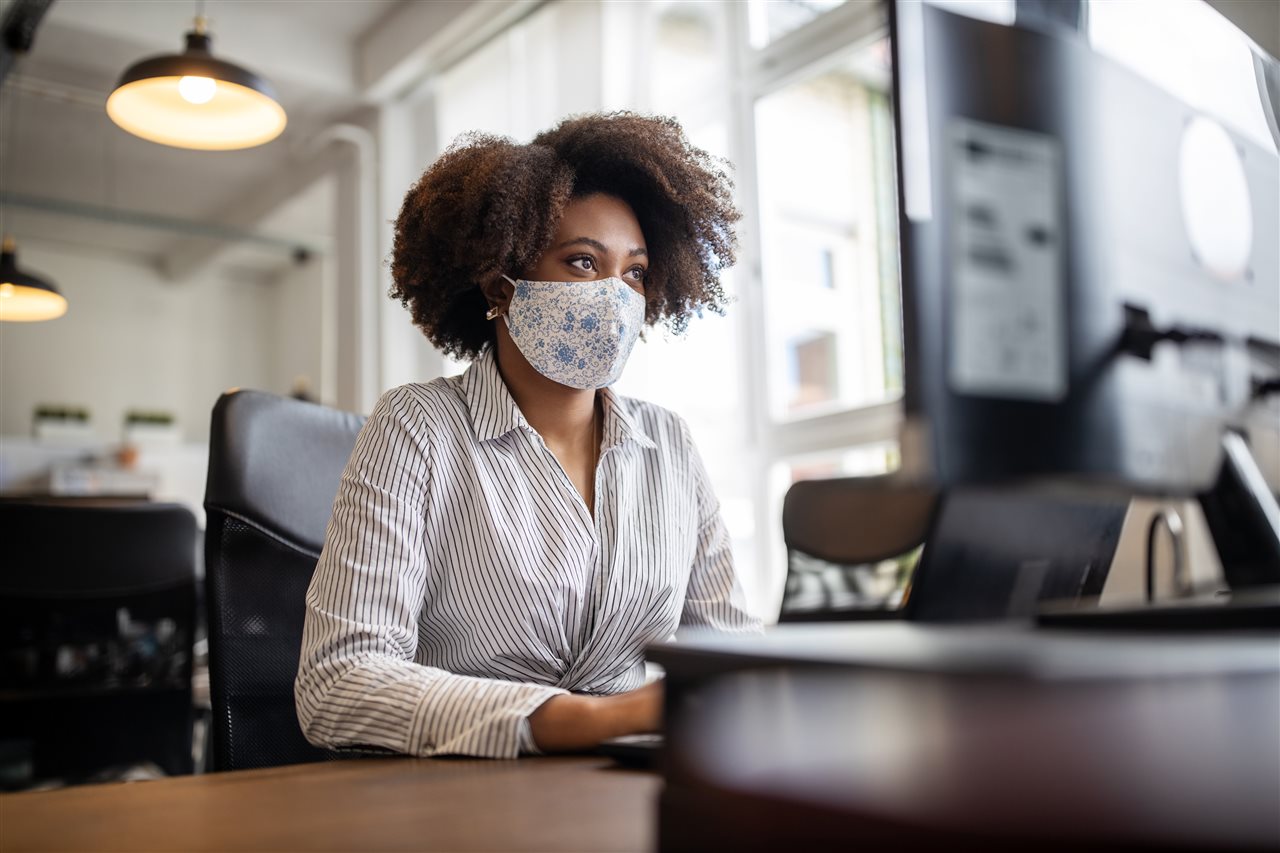“The unexpected has forced many to reevaluate plans, practices and procedures,” notes Andrea Forstadt on USChamber.com. “Yet one of the advantages of being a small business is the ability to more easily lean in to, embrace and adapt to change.
New world, new business: 5 ways small businesses are adapting to COVID
BY Brandpoint with permission.
(BPT) – COVID-19 has irrevocably altered the way that we do business. Some small businesses have floundered, while others have completely reinvented themselves.
In a recent survey by SCORE, just 34% of U.S. small business owners now categorize their companies as profitable, compared to 55% in 2019. As a result, they’re working hard to adapt — reconfiguring their offerings to boost revenues and planning such new strategies.
“The unexpected has forced many to reevaluate plans, practices and procedures,” notes Andrea Forstadt on USChamber.com. “Yet one of the advantages of being a small business is the ability to more easily lean in to, embrace and adapt to change. For many, the short-term alternate plans or adjustments are fast becoming the realities of the foreseeable future.”
Here are five trends that have impacted small business this year.
Freelancing has surged. As people rely on contract work to replace lost jobs, the number of freelancers in the U.S. is growing steadily. NPR reports that two million more Americans began freelancing between September of 2019 and September of 2020, boosting the freelance portion of the U.S. workforce to 26%. Studies also show that women lost jobs at a faster rate than men during the past year; and are more likely to pursue full-time freelance careers due to autonomy and flexible schedules.
Cashless commerce is growing. To reduce person-to-person contact, businesses of all kinds are discouraging or completely eliminating cash payment options in favor of card or digital payments. “Ongoing shifts toward e-commerce, digital payments (including contactless), instant payments and cash displacement have all been significantly boosted in the past six months,” confirms an October McKinsey report. In one example, the raw volume of invoices sent on Invoice2go, which saw more than $24 billion in invoicing volume in 2019, has risen from 58 million to 78 million invoices sent per month — a boost of about 30%. As consumers seek efficiency and convenience, Invoice2go also has seen a 50% boost in digital payments via its payment platform — a crucial assist to help small businesses stay competitive.
Demand is up for digital tools. As small businesses lean more on online business functions and/or e-commerce during social isolation, they’re calling for leading-edge tools that can help them navigate the logistics. Women-owned businesses are often primary customers for financial management tools — studies show they’re 43% more likely than male business owners to be concerned that limited access to funds could hurt their businesses. Around 43% of U.S. small businesses plan to expand their businesses through digital and related technology as a response to COVID-19, according to the Verizon Business Survey. In fact, 30% of these businesses have already added ways to deliver products and services digitally. To meet this demand, Invoice2go has recently added “Reviews” and “Profiles” features — prompting a star-based review after each transaction and enabling creation of an auto-generated website to help small businesses get discovered and build credibility. This is especially crucial for solopreneurs (37% of the platform’s users), who can’t always devote valuable time for customer follow-up and encourage the word-of-mouth that generates future business.
Businesses are diversifying. Many small businesses have devised new offerings as previous income streams dwindled. For example, hotels are now offering day-rate rooms for people who need to work remotely, distilleries are producing hand sanitizer in addition to spirits and restaurants are offering better, easier take-out options. “Difficult times often lead to changes in the way the world operates,” says Wade Thomas in Forbes. His advice to business owners is, “Develop products and services that not only solve today’s challenges, but will also thrive in the new, post-difficult-times world.”
Virtual experiences are expanding. Companies have transformed in-person events into digital experiences. From virtual happy hours, to podcast product releases, to YouTube customers videos, everything is going online. “The real opportunity is to somehow provide the experience and connectivity of former live events to a virtual one that actually can sustain itself over time, even after the end of the pandemic,” explains Bernhard Schroeder in Forbes.
Need a suite of effective digital tools that will help you run your small business smoothly and efficiently? Invoice2go offers user-friendly products that can streamline your day-to-day workflow so you can focus on your business. Functions include estimates, expenses, invoices, payments, appointments, ratings and reviews. It’s going above and beyond for passionate small business owners and freelancers looking to improve and streamline processes in the new year. Learn more at Invoice2go.com.


